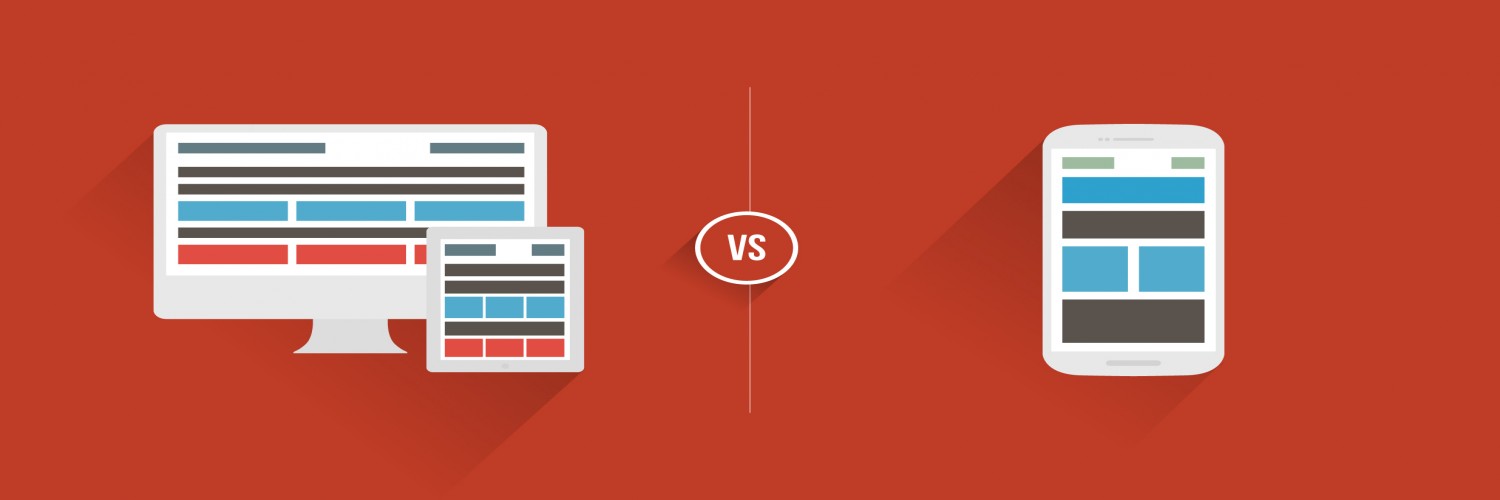Any business which has an online presence also needs to provide an easy access on portable devices. Portable devices includes Tablets, mobile phones etc. The market is mostly about smart phones. Now that ‘easy access’ can be provided either through the development of mobile application or simply by designing a responsive version of the website- and those two things are completely different from each other. Here is how:
1. The Definition:
The basic meaning of a responsive design is that your website will be designed to be usable on mobile devices, as per their size and resolution. It may be hosted under a different URL, such as m.abc.com. It will also have a subset of the functionality that your desktop website offers. On the other hand, mobile apps are more oriented towards the OS of the phone.
2. Access:
Native mobile applications will generally have more rights as compared to the responsive design. Since the native mobile apps will be installed on the phone, they will be quicker in speed as well. Note that the access is also dependent on the permissions that the user grants to the application, which is different for each user.
3. Memory and Usage:
The native mobile apps use more memory in the user’s phone whereas responsive design do not take up that much of space. This reduces the chance of users installing the app on their phone and they might as well prefer to use the responsive design from within the browser itself.
4. Market approval:
If you are planning to launch a mobile app, you will have to follow the practices of the app stores and get the applications verified for approval. This is not true for responsive design.
5. Need for internet:
Mobile apps can be accessed offline. Depending upon what functionality it offers, it can offer complete or partial functionality in offline mode. But, responsive design is all dependent on internet access.
6. Optimization for devices:
Native mobile apps have great optimization for the mobile devices, since they are made for specific OS. The responsive web design also has a decent optimization of the user interface (since most browsers will behave the same way on most devices), but as compared to the mobile apps, it is still not up to the par. This is because of different browser versions, screen sizes and other settings.
7. Navigation by the user:
The navigation is more user-input intensive in case of mobile apps as compared to responsive design. Thus, the user interface has to be more interactive in native mobile apps.
Apart from the differences above, the decision of whether to get a mobile app developed or to get a responsive design made is also dependent on what functionalities are you looking forward to providing to the users. Generally, getting a responsive design is anyways important, because even if users have the mobile app, they might still open the website on mobile device- and it is unusable, it won’t help. Ideally, basic responsive design along with mobile app is the best combination to go for.
